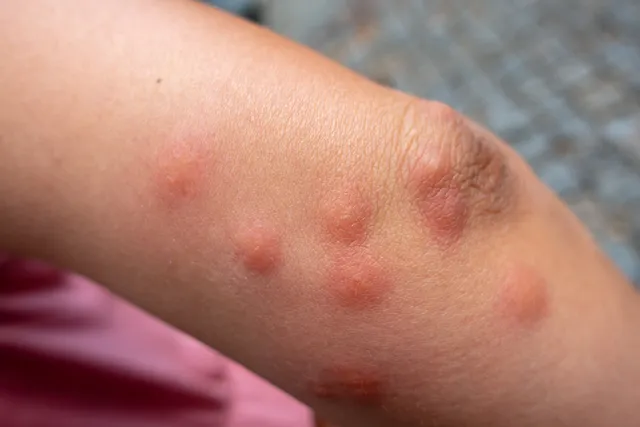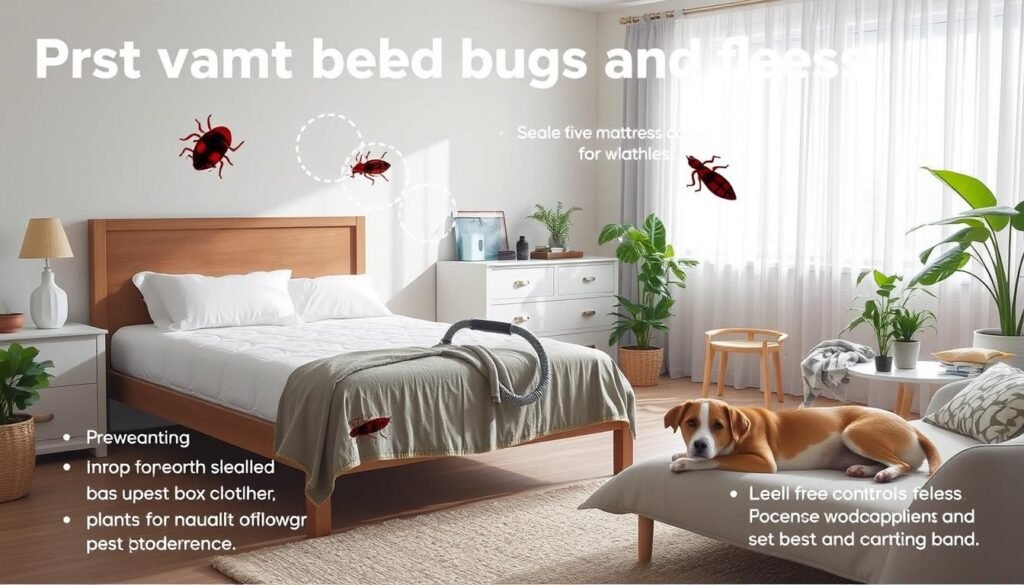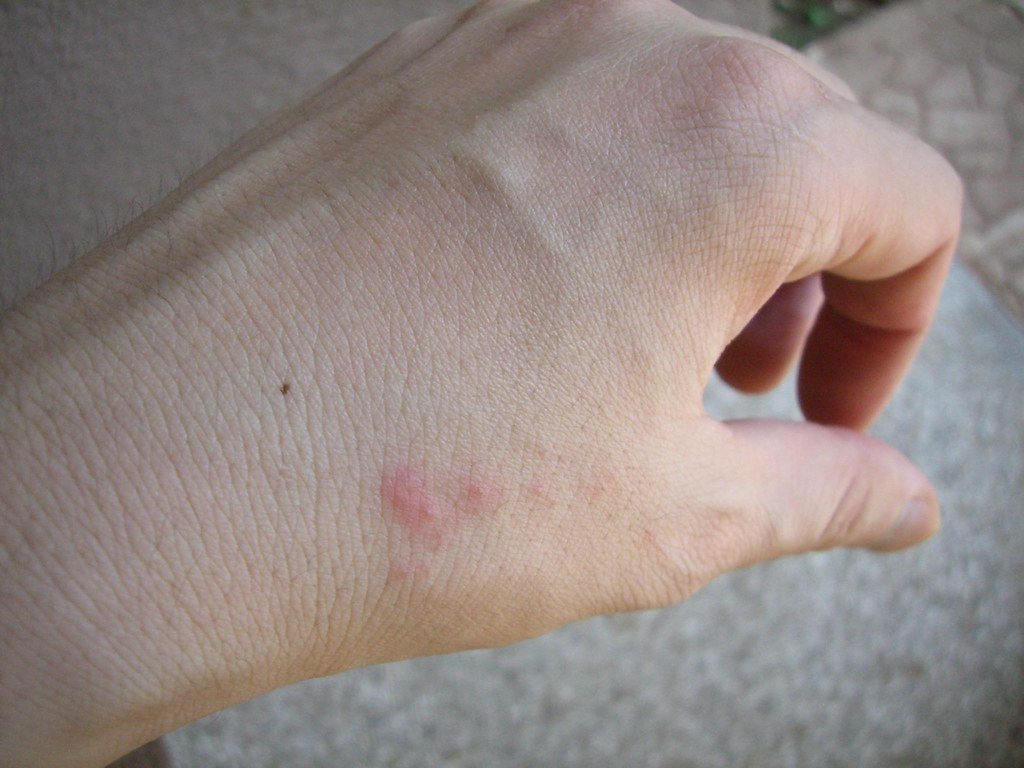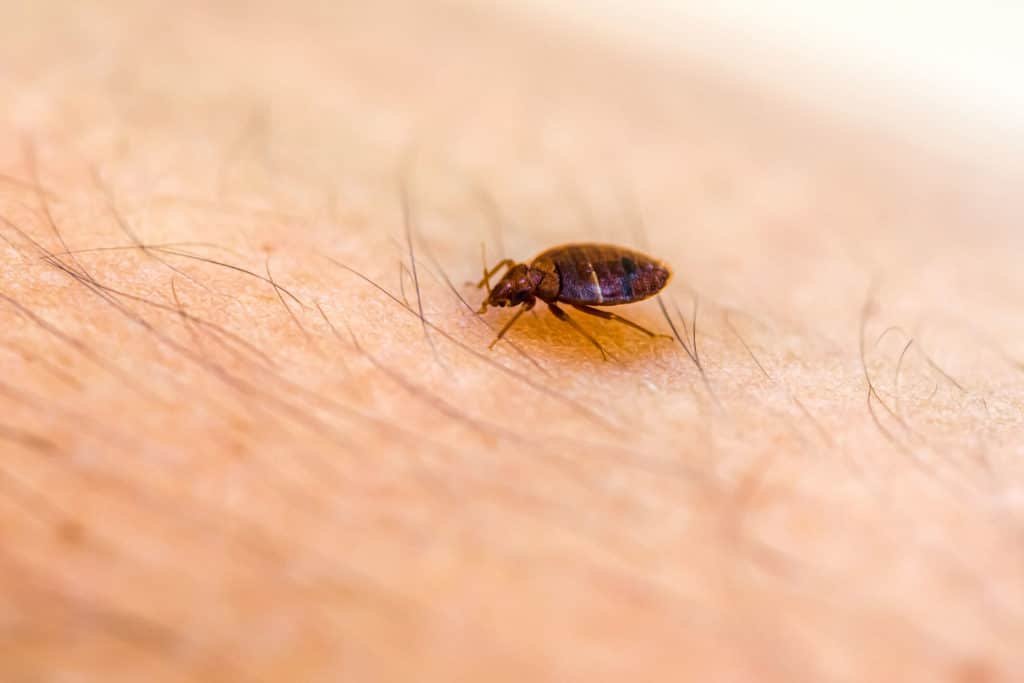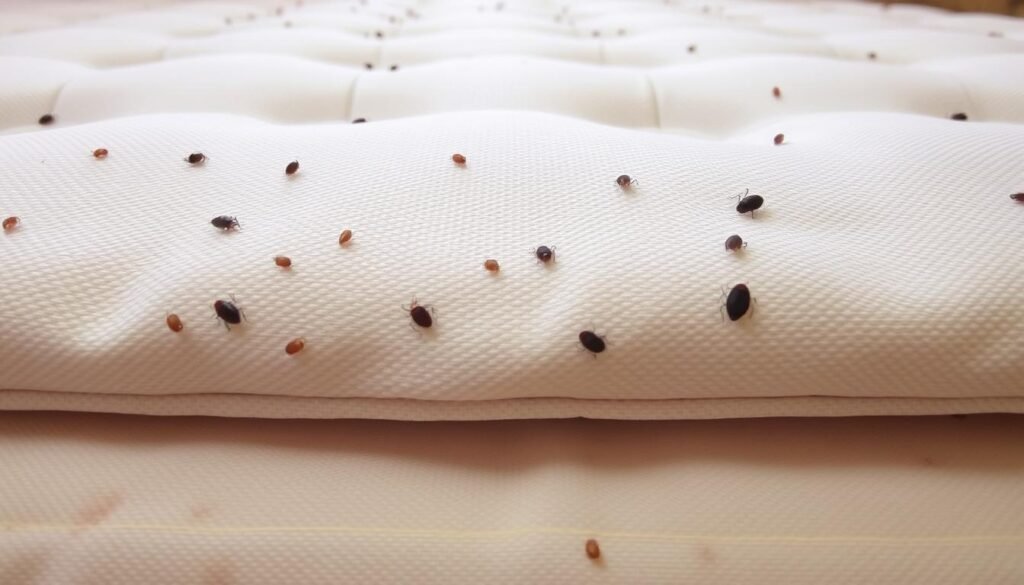When waking up with itchy red bumps, many people wonder if they’re dealing with bed bugs or fleas. Both pests feed on blood, both leave behind irritating bites, and both can cause sleepless nights. However, there are important differences between them. Understanding bed bug bite vs flea bite will help you identify the cause, get the right treatment, and take effective steps to eliminate the problem.
Why Identification Matters
Recognizing whether you are dealing with bed bugs or fleas is more than just curiosity. The treatment, prevention, and risks differ between the two. A misdiagnosis could lead to wasted time and effort while the infestation spreads. That’s why knowing the details of bed bug bite vs flea bite is crucial.
What Do Bed Bug Bites Look Like?
Bed bug bites usually appear as small, raised, red bumps that may be slightly swollen. They often show up in clusters or straight lines on exposed areas of skin, such as the arms, legs, neck, or face.
Key features of bed bug bites:
Appear in groups or lines (known as the “breakfast, lunch, and dinner” pattern).
Often delayed reaction — itching and redness may appear hours or even days later.
Commonly found on skin exposed while sleeping.
What Do Flea Bites Look Like?
Flea bites, on the other hand, usually appear as small, red dots with a darker red center. They are most often found on the lower legs, ankles, and feet, as fleas jump from the ground or carpets to reach their host.
Key features of flea bites:
Appear as small, round, red bumps with a puncture mark in the center.
Usually extremely itchy immediately after the bite.
Commonly found on ankles, feet, and lower legs.
May turn into blisters if scratched excessively.
Bed Bug Bite vs Flea Bite: The Main Differences
When comparing bed bug bite vs flea bite, here are the primary distinctions:
| Feature | Bed Bug Bite | Flea Bite |
|---|---|---|
| Appearance | Small, red bumps in clusters or lines | Small, red spots with a darker center |
| Location | Arms, neck, face, back, exposed skin | Ankles, feet, lower legs |
| Itchiness | Delayed itching, moderate to severe | Immediate, intense itching |
| Timing | Often appear overnight | Can happen anytime, especially after contact with pets or carpets |
| Cause | Bed bugs in mattresses, bedding, furniture | Fleas from pets, carpets, or outdoors |
Understanding these differences makes it easier to spot whether you are dealing with one or the other.
Health Risks of Bed Bug and Flea Bites
Both types of bites are irritating, but the risks vary.
Bed bugs: Do not transmit diseases, but their bites can cause allergic reactions, secondary skin infections, and anxiety due to ongoing infestations.
Fleas: Can transmit diseases such as murine typhus or tapeworms (via pets). Flea bites may also lead to skin infections if scratched excessively.
Knowing these risks emphasizes why correctly identifying bed bug bite vs flea bite is essential for health and safety.
How to Treat Bed Bug Bites
If you discover that your problem is bed bugs, treatment focuses on relieving symptoms:
Wash the bites gently with soap and water.
Apply calamine lotion or anti-itch cream.
Take oral antihistamines if itching is severe.
Avoid scratching to prevent infection.
How to Treat Flea Bites
For flea bites, treatment is similar but often requires pet and home care as well:
Wash bites with soap and warm water.
Use cold compresses to reduce swelling.
Apply anti-itch cream or aloe vera for soothing.
Treat your pets with flea medication.
Wash pet bedding and vacuum carpets thoroughly.
Preventing Bed Bug and Flea Bites
When comparing bed bug bite vs flea bite, prevention differs:
For bed bugs:
Inspect bedding, mattresses, and furniture regularly.
Use mattress encasements.
Reduce clutter where bed bugs can hide.
Be cautious when traveling, as bed bugs spread through luggage and clothing.
For fleas:
Treat pets with flea collars or veterinarian-recommended medication.
Vacuum frequently, especially carpets and rugs.
Wash pet bedding in hot water.
Keep outdoor areas clean to prevent flea breeding.
When to See a Doctor
Most cases of bed bug bite vs flea bite can be managed at home. However, seek medical attention if you experience:
Severe allergic reactions (swelling, difficulty breathing).
Signs of infection (pus, severe redness, fever).
Ongoing or worsening symptoms despite treatment.
Final Thoughts
The debate of bed bug bite vs flea bite comes down to careful observation of the bite pattern, location, and timing. Bed bug bites often appear in clusters on exposed skin after sleeping, while flea bites typically show up on the lower body with immediate itching.
Although both pests are troublesome, fleas carry a higher risk of transmitting diseases, while bed bugs cause more psychological stress. By learning how to identify, treat, and prevent each, you can protect yourself, your pets, and your home from unnecessary discomfort.
